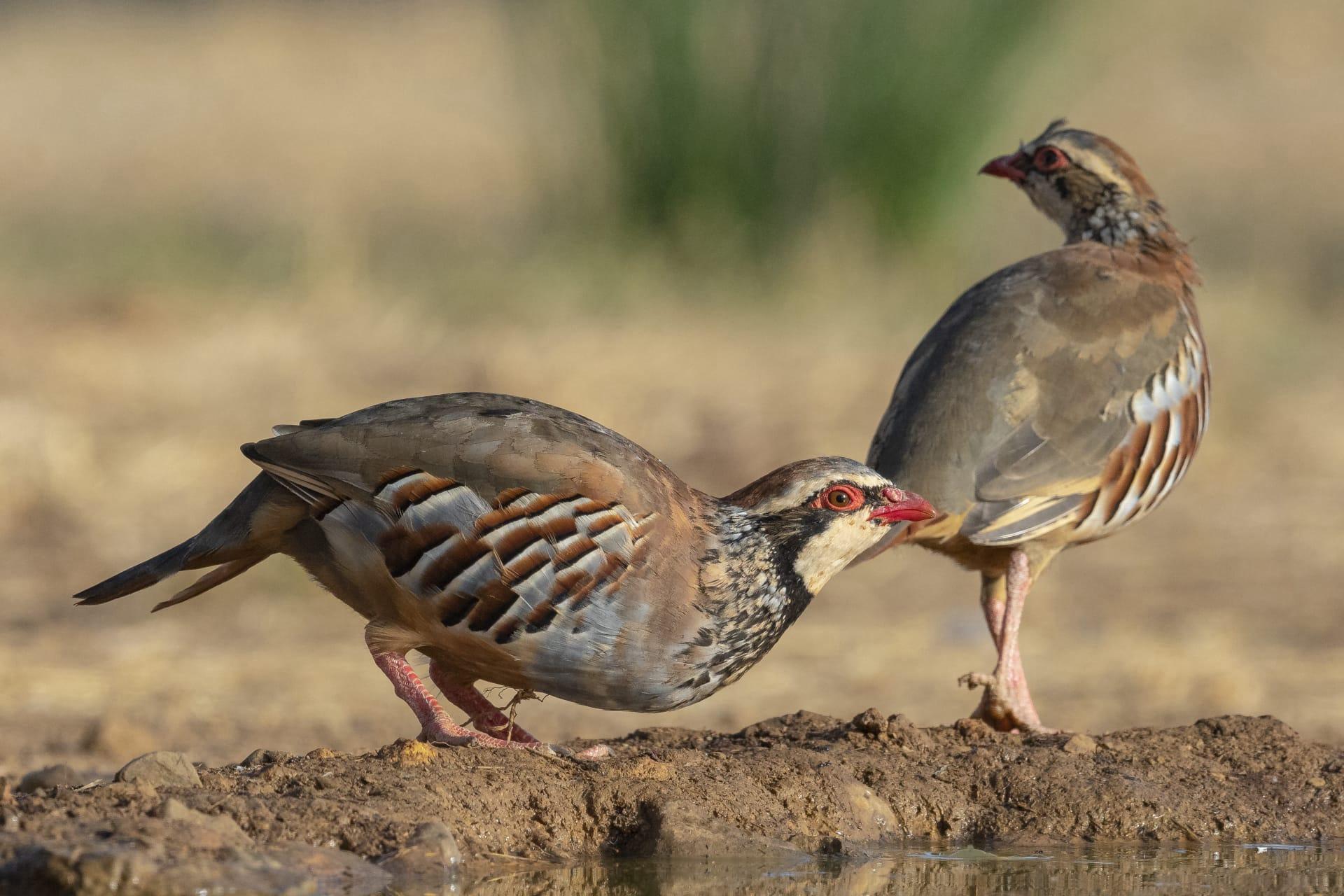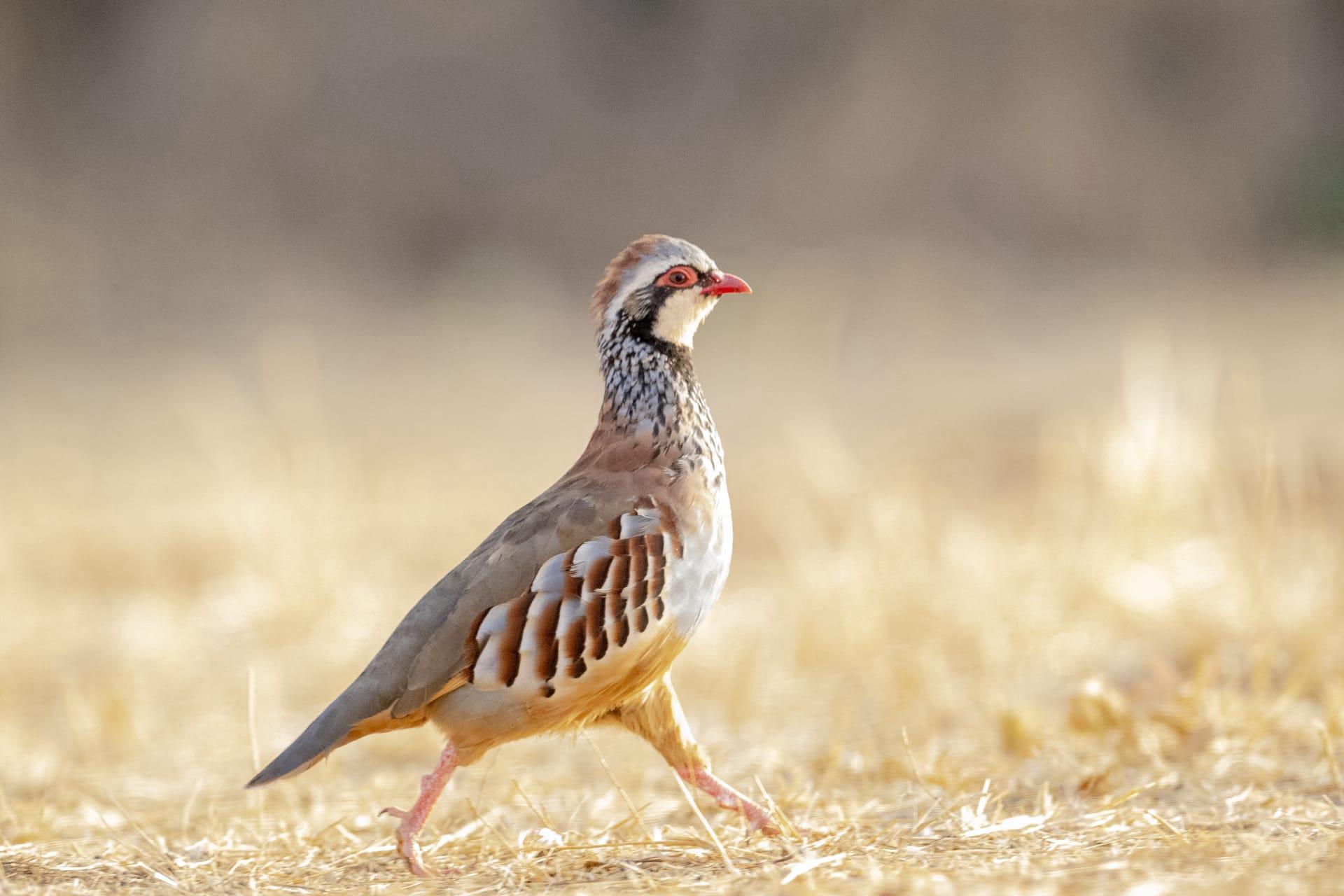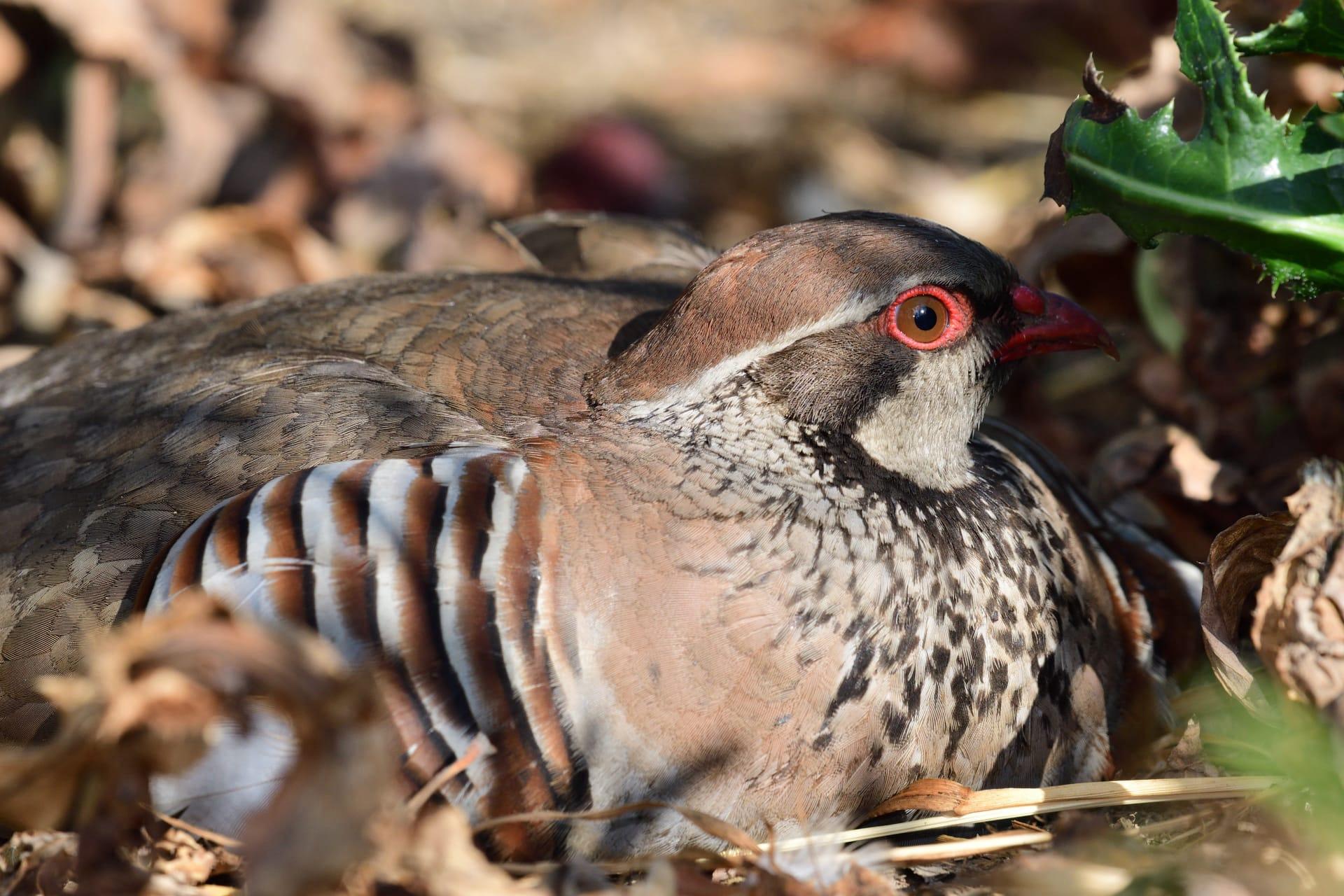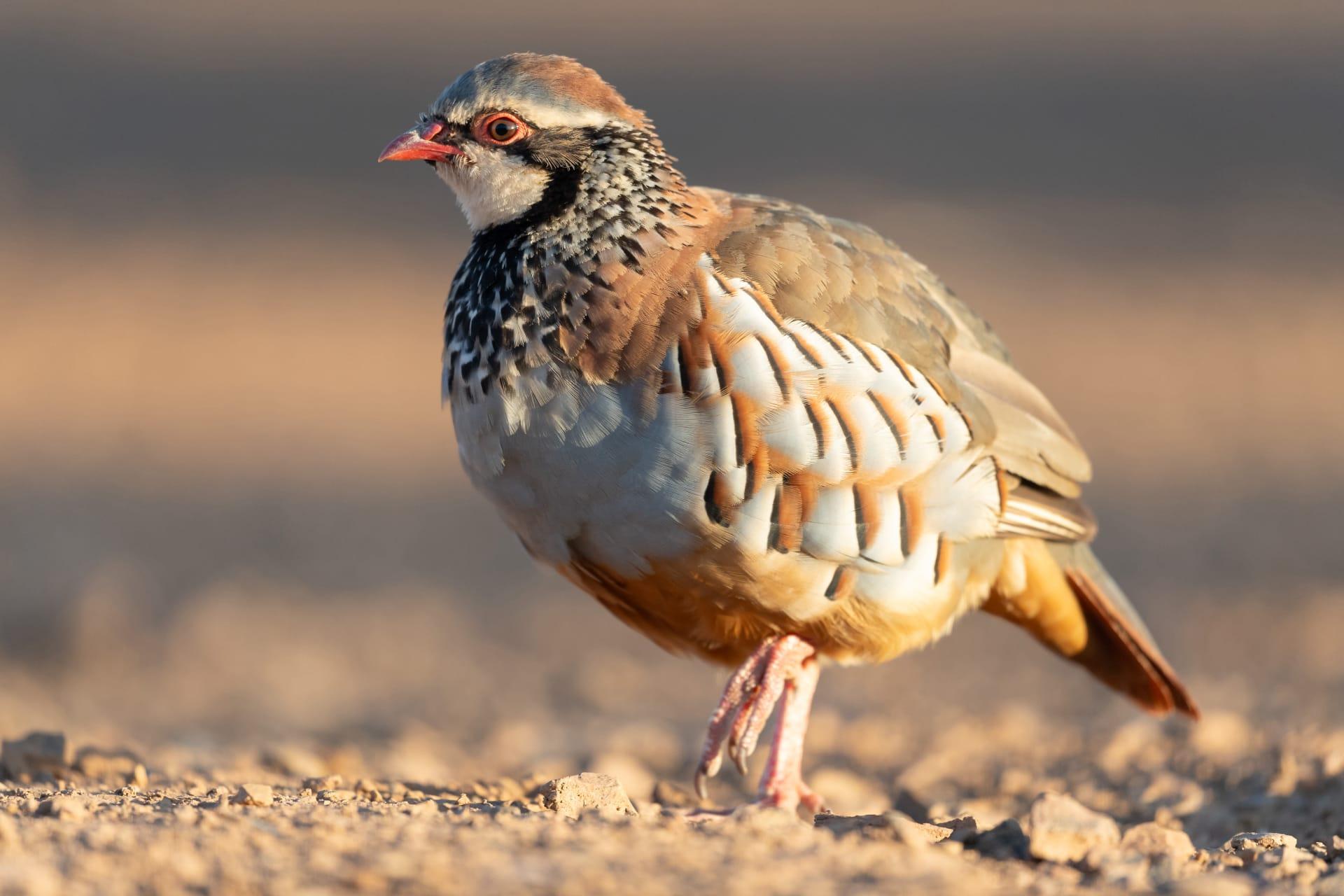Partridge Characteristics
- Home /
- Mini Encyclopedia /
- Animal /
- Partridge Characteristics
1
Partridges, delightful birds found across various continents, boast a modest size. An adult typically spans about 30 to 35 cm in length and weighs around 250 to 400 grams, roughly the size of a small chicken. Their lifespan in the wild is somewhat brief, ranging from 3 to 5 years, a timeline heavily influenced by environmental factors and predation.
One remarkable organ in partridges is their highly developed digestive system, particularly their crop. This specialized part of their esophagus stores and softens food before digestion. It's crucial for their survival, allowing them to feed quickly in open spaces and then retreat to safety for digestion. This adaptation is vital in avoiding predators while ensuring they get enough nutrients to thrive in their habitats.

2
Question: Why do partridges prefer to walk and run rather than fly?
Answer: Partridges are ground-dwelling birds, and their physiology favors walking and running over flying. They have powerful legs and feet adapted for scratching the ground in search of food. While they can fly short distances, especially when startled or to evade predators, their flights are typically low and brief. Their long, strong legs enable quick and agile movement on the ground, making them more efficient foragers and helping them escape from ground predators through swift running rather than flight.

3
Partridges exhibit distinct movement characteristics. They are primarily ground-dwellers and are known for their walking and running prowess. Their short flights are usually a response to immediate threats. When moving on the ground, they are surprisingly fast and agile, capable of sudden bursts of speed to escape predators. This agility also aids in their foraging habits.
In terms of feeding, partridges are omnivores with a diet consisting mainly of seeds, leaves, and small invertebrates. They are adept at foraging on the ground, using their beak to peck at food. Their diet changes seasonally, with more plant matter consumed in summer and more insects and other small animals in the winter. This adaptability in diet plays a key role in their survival across various environments.

4
Partridges thrive in a range of environments, from woodland edges and agricultural fields to grasslands and scrubby areas. They prefer habitats that offer both cover and open land. This combination provides them with ample foraging opportunities and protection from predators. They are also often found in regions with a mosaic of different land types, which supports their diverse diet.
Reproductively, partridges are ground nesters, with the female laying and incubating eggs in a simple nest on the ground. Clutch sizes vary but typically include 10 to 20 eggs. The young are precocial, meaning they are relatively mature and mobile from the moment of hatching. This trait is crucial for their survival, as it enables the chicks to follow their mother and learn foraging skills almost immediately.

5
Book: "The Lives of Partridges" by Jonathan Green, published in the United States in 1998, is a comprehensive guide to the life cycle, habitat, and behaviors of various partridge species. Green's book delves into the ecological significance of these birds and their interaction with different environments. His narrative style combines scientific facts with engaging storytelling, making it an informative and enjoyable read for both bird enthusiasts and casual readers.
Book: "Partridge Ecology and Conservation" by Emily Hart, released in the UK in 2010, focuses on the conservation issues facing partridge populations. Hart, a renowned ornithologist, discusses the impact of human activities on partridge habitats and offers insights into effective conservation strategies. The book is a mix of scientific research and practical conservation efforts, aimed at professionals and laypeople alike who are interested in avian conservation.